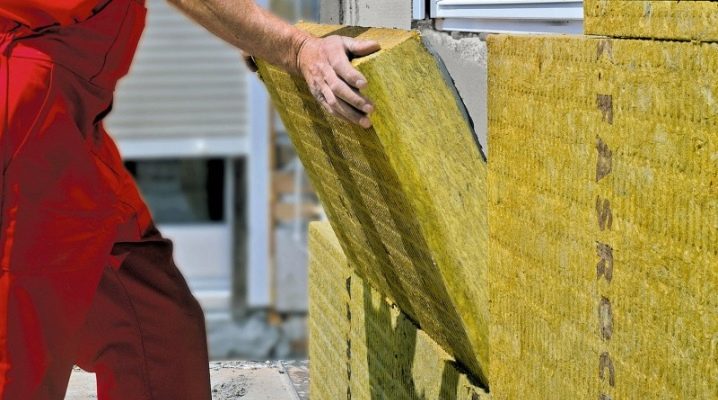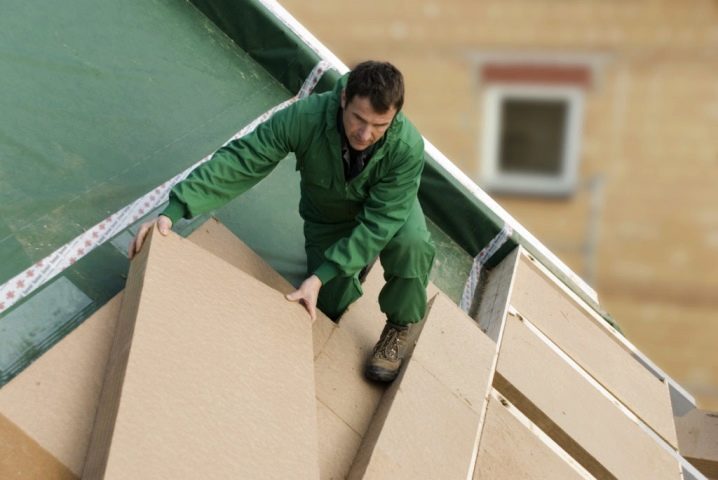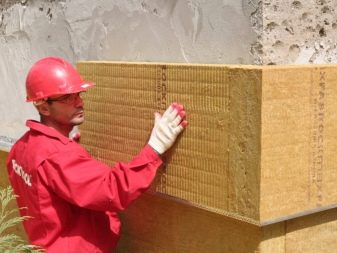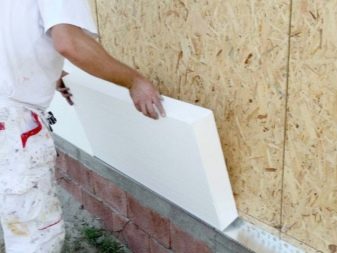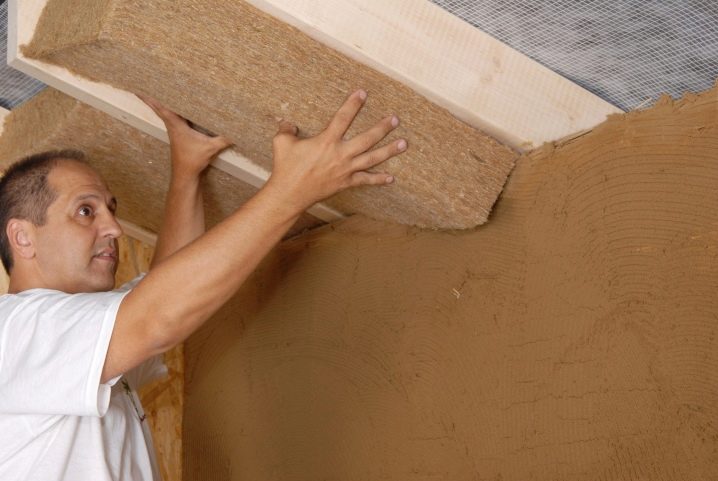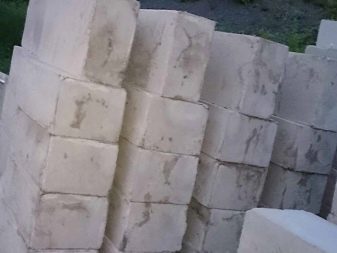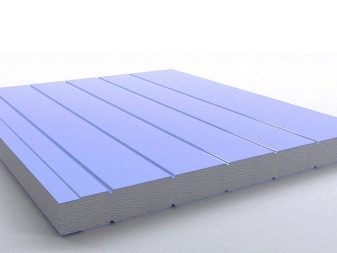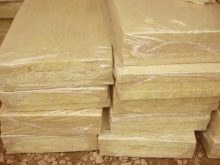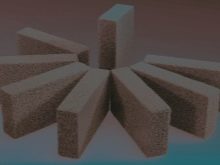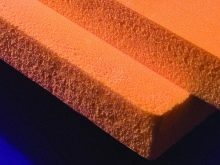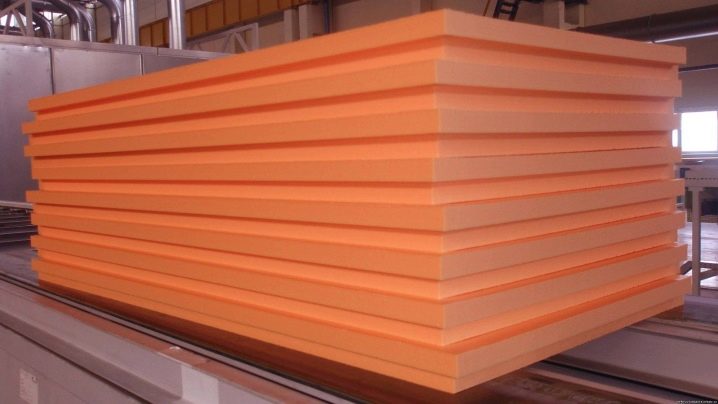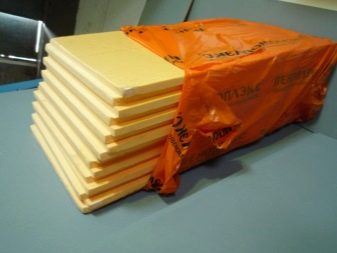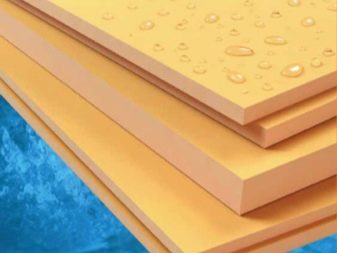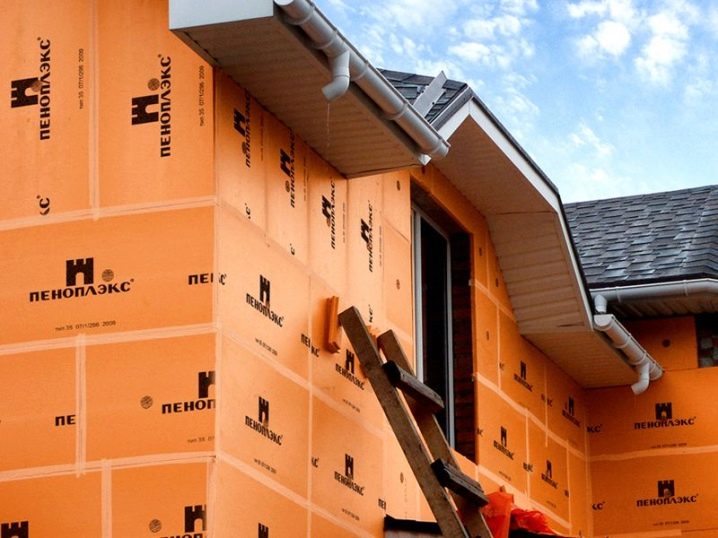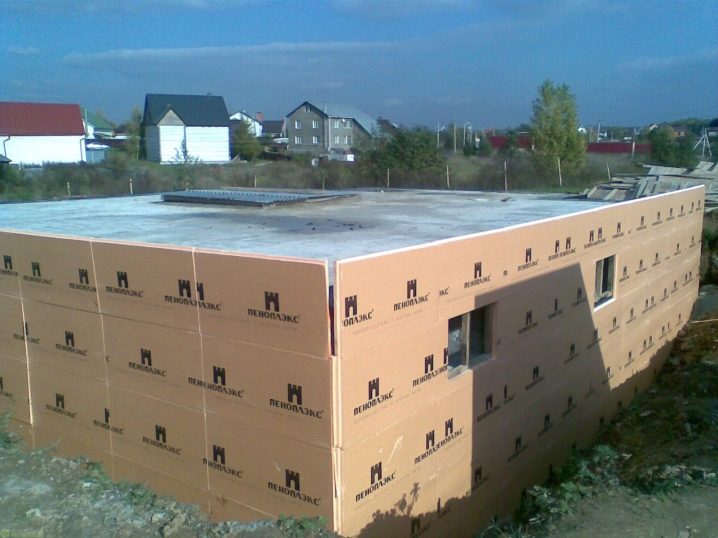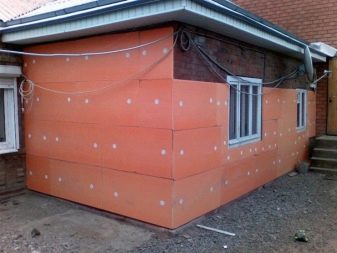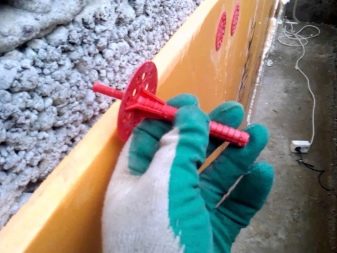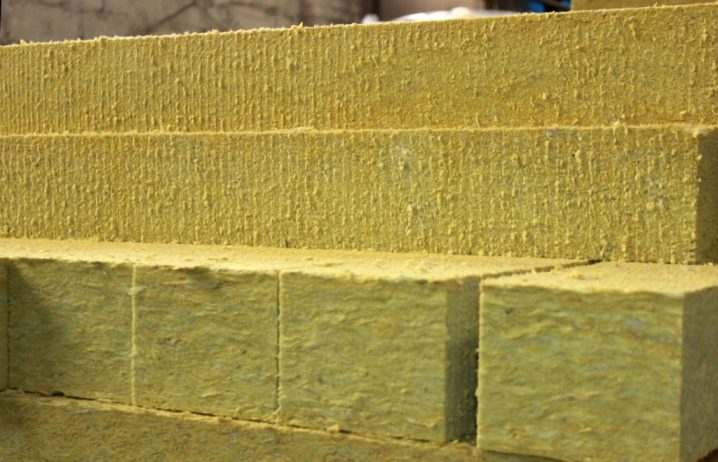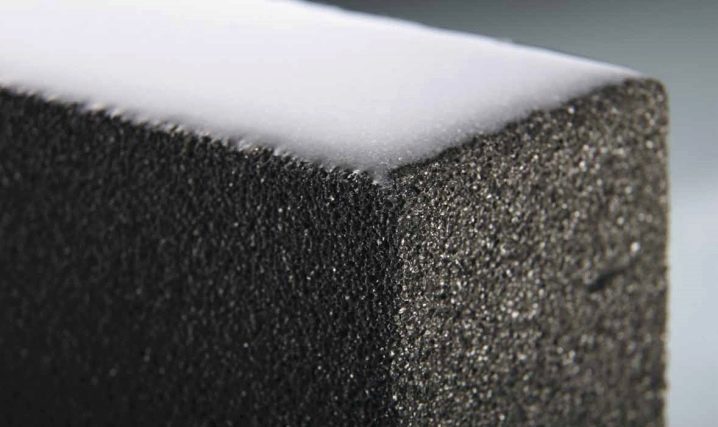Types of solid insulation for walls and their characteristics
During construction and finishing works an important step is the insulation of the walls of the room. Solid heat-insulating materials differ in reliability and the long term of operation. They are easy to install, due to which this type of insulation is widespread.
Benefits
The use of solid insulation provides several advantages. First of all, they do not create problems during installation, which makes it easy to carry out work independently. They are straight plates, to work with which do not require lathing, frames and other additional structures. As well as these insulators do not need protective wooden, plastic and metal panels, which, of course, saves a significant part of money.
Their use allows you to achieve a flat surface, which is convenient for subsequent plastering and finishing.
Solid insulating plates have a solid structure, due to this they do not shrink and do not deform, and this plays an important role, given the vertical arrangement of materials.
In terms of quality and thermal insulation, they can be compared with ventilated facades with the difference that the price of solid insulation is much lower. Besides, in comparison with soft heaters, they are characterized by a much longer service life.
It should be borne in mind that some solid insulation, such as foam concrete, sandwich panels and others, can be used as independent structures in the construction of walls and partitions.
The dimensions of the material are fixed, it is very convenient when calculating the quantity needed for the work. Existing specifications do not change over the life of the product, which once again confirms the durability of these products.
Kinds
There are quite a few varieties of solid insulation. Each has a set of specific characteristics and properties.However, there are some types, especially often used in construction and finishing works. Among the solid insulation can be noted penoplex, stone wool, polymer concrete, foam glass and others. Consider the most popular varieties in more detail.
Extruded polystyrene foam
One of the most common types of insulation. The basis of the material is polystyrene foam. It is also used in the manufacture of conventional polystyrene and foam. Extruded polystyrene foam is also called penoplex. It can be used for both external and internal work.
This material perfectly transfers temperatures from -50 to +75 degrees. However, it is recommended to avoid excessive heating, under its influence the plate can be deformed.
At the same time extruded polystyrene is able to retain heat indoors during the winter period, and also protect the building from overheating in hot weather. The recommended temperature range is indicated on the label and may vary depending on the brand and density of the product.
Penoplex has a very low thermal conductivity, which does not decrease even when the material gets wet. Due to this, it is an excellent insulation not only for walls, but also for roofs, floors and foundations. It can be used to protect the surface from moisture, has a low vapor permeability.
This heat-insulating material does not react with a significant part of chemical compounds, however, under the influence of some, it can deform and even dissolve. This, for example, gasoline, kerosene, oil-based paints, acetone, hydrocarbons and others.
When taking into account their strength, the plates are highly resistant to mechanical loads, under the influence of which they retain their shape and size.
The material does not rot, does not decompose, is resistant to mold and mildew. However, rodents can cause serious damage to the insulation, as they are able to gnaw it. In general, manufacturers claim the lifetime of the penoplex is more than 50 years without loss of characteristics and properties.
Extruded polystyrene does not cause problems during installation. It is attached to a pre-treated wall with a special glue and dowels.Joints are filled with foam. Further, the surface can be prepared for finishing. Works can be carried out both independently and with the help of specialists.
Consumers note the low weight of the material and its low price, which makes the plates a popular product on the market.
Stone wool
Stone wool for insulation is presented in the form of solid slabs and is widely used in construction. Basalt wool is used as a solid insulator. It can be used for both external and internal insulation work. It is quite simple to install, mounted on the walls without the use of additional structures. It has a low thermal conductivity and is non-combustible material.
Stone wool is resistant to mold, mildew and microorganisms, immune to rodents. It is environmentally friendly and safe material, has high insulation properties. The declared lifetime of the plates without loss of basic properties is 50 years. Mounted similar to polystyrene foam.
Foam glass
Foam glass is also a solid heat insulator. The production process is a foaming of molten glass, and the finished material resembles a honeycomb.
Foam glass is very tough and durable, it can withstand severe mechanical loads, and also has good thermal conductivity and noise insulation. It has excellent resistance to extreme temperature changes, additional additives can withstand rates from -200 to +1000 degrees.
The material has a high resistance to moisture, bacteria, fungus and mold, while it is environmentally friendly and non-toxic. The installation process has no features. Plates are attached to the glue and fixed with dowels. After that, the surface is plastered, and a finishing finish is applied. Manufacturers claim the life of foam glass as unlimited.
Of the disadvantages can be identified quite a lot of weight in comparison with other heat insulators.
On the features of solid insulation on the example of stone wool, see the video below.
